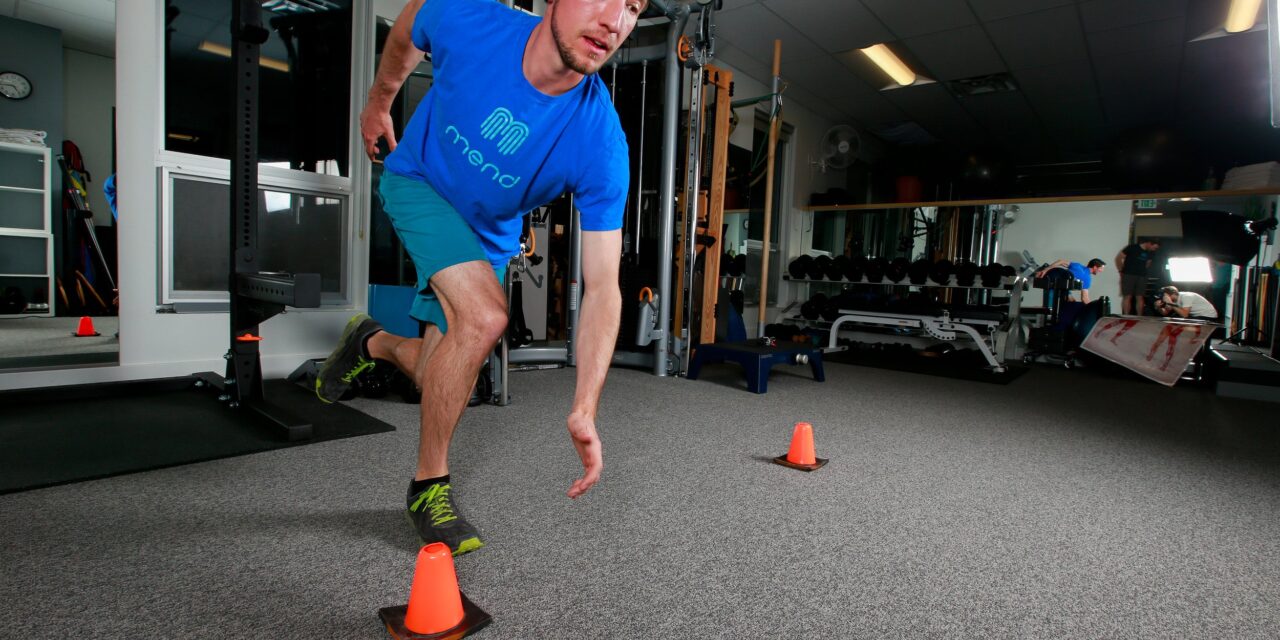When Can I Jump After ACL Surgery?
Jumping after ACL surgery is a major milestone and at Mend Colorado, we know how important it is for you to return safely and confidently to your favorite activities. Serving Boulder, Lafayette, and the greater Colorado community, our team uses the latest research and a truly personalized approach to guide your recovery every step of...


